Table of content
Introduction
Lily bulbs, scientifically known as Lilium lancifolium or Lilium brownii, are a culinary gem celebrated for their delicate flavor, crisp texture, and versatility in the kitchen. Often overlooked in Western cuisine, these edible flowers have been a staple in Asian cooking for centuries, prized for their subtle sweetness and nutritional benefits. Whether you’re a seasoned home cook or a curious food enthusiast, mastering the art of preparing lily bulbs can elevate your meals with a touch of elegance. This article explores the best methods to cook lily bulbs, from stir-fries to soups, while delving into their history, nutritional value, and creative pairing possibilities.
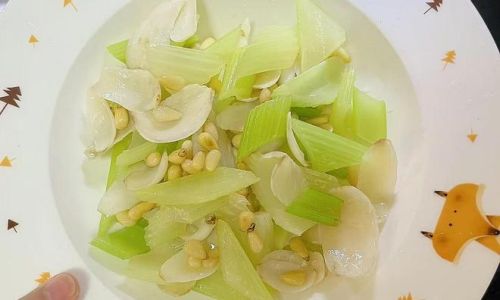
Chapter 1: Understanding Lily Bulbs
Before diving into recipes, it’s essential to grasp what makes lily bulbs unique. These underground stems, often mistaken for roots, are harvested from various lily species, with the most common edible varieties originating in China and Japan. Fresh lily bulbs have a milky-white hue, a firm texture, and a faint floral aroma. Dried lily bulbs, on the other hand, are golden-brown and require rehydration before use.
Nutritional Profile
Lily bulbs are low in calories but rich in essential nutrients. They contain:
- Vitamins: B-complex vitamins (B1, B2) and vitamin C.
- Minerals: Potassium, phosphorus, and iron.
- Dietary Fiber: Aids digestion and promotes gut health.
- Antioxidants: Compounds like flavonoids that combat oxidative stress.
Culinary Uses
In traditional Chinese medicine, lily bulbs are believed to cool the body and soothe the lungs. Culinary applications include:
- Soups: Added to broths for a refreshing crunch.
- Stir-Fries: Paired with vegetables or meats.
- Braised Dishes: Slow-cooked with soy sauce and spices.
- Desserts: Steamed with rock sugar for a sweet treat.
Chapter 2: Selecting and Storing Lily Bulbs
Fresh vs. Dried
- Fresh Lily Bulbs: Look for firm, unblemished bulbs with tight scales. Avoid those with soft spots or mold.
- Dried Lily Bulbs: Choose products labeled “sweet” or “edible” (as some lily species are toxic). Store in a cool, dry place.
Preparation Tips
- Cleaning: Peel off outer layers and separate the scales. Rinse under cold water.
- Soaking: Dried bulbs need 1–2 hours of soaking to rehydrate.
- Blanching: Briefly boil fresh bulbs to reduce bitterness (optional).
Chapter 3: Cooking Methods for Lily Bulbs
Stir-Frying: Crisp and Flavorful
Stir-frying preserves the bulb’s texture while infusing it with aromatic flavors.
Ingredients
- 200g fresh lily bulbs, peeled and sliced
- 1 red bell pepper, thinly sliced
- 50g snow peas, trimmed
- 2 garlic cloves, minced
- 1 tbsp vegetable oil
- 1 tsp soy sauce
- ½ tsp sesame oil
- Salt and pepper to taste
Instructions
- Heat oil in a wok over high heat. Add garlic and stir-fry for 30 seconds.
- Toss in lily bulbs, bell pepper, and snow peas. Stir-fry for 2–3 minutes.
- Drizzle soy sauce and sesame oil. Season with salt and pepper.
- Serve immediately with steamed rice.
Pro Tip: For extra crunch, add a handful of cashews or water chestnuts.
Simmering in Soups: A Comforting Broth
Lily bulbs add a soothing element to clear soups.
Ingredients
- 1 liter chicken or vegetable broth
- 100g lily bulbs, sliced
- 50g dried wood ear mushrooms (rehydrated)
- 50g bamboo shoots, julienned
- 1 tbsp ginger, julienned
- 1 tbsp Shaoxing wine (optional)
- 1 tsp salt
- Chopped cilantro for garnish
Instructions
- Bring broth to a simmer. Add ginger and Shaoxing wine.
- Stir in lily bulbs, mushrooms, and bamboo shoots. Simmer for 10–15 minutes.
- Season with salt. Garnish with cilantro.
Variation: For a vegetarian version, use kombu dashi and tofu.
Braising: Sweet and Savory Delight
Braising transforms lily bulbs into a tender, caramelized dish.
Ingredients
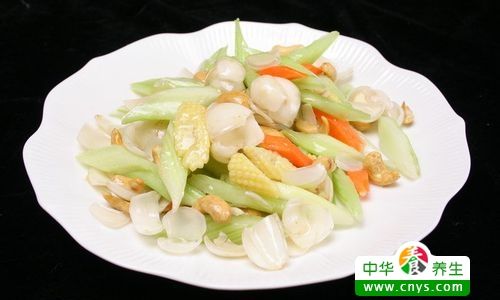
- 300g lily bulbs, halved
- 2 tbsp vegetable oil
- 2 tbsp soy sauce
- 1 tbsp brown sugar
- 1 star anise
- 1 cinnamon stick
- ½ cup water
- 1 tbsp sesame seeds (toasted)
Instructions
- Heat oil in a skillet. Add lily bulbs and sear until golden (2–3 minutes).
- Stir in soy sauce, sugar, star anise, and cinnamon. Add water.
- Cover and simmer on low heat for 20 minutes, or until tender.
- Sprinkle with sesame seeds before serving.
Pairing Suggestion: Serve with jasmine rice or as a side to roasted duck.
Deep-Frying: Crispy Temptations
Turn lily bulbs into a crunchy snack or garnish.
Ingredients
- 150g lily bulbs, thinly sliced
- ½ cup cornstarch
- 1 tsp five-spice powder
- Oil for frying
- Salt to taste
Instructions
- Toss lily slices in cornstarch and five-spice powder.
- Heat oil to 350°F (175°C). Fry slices in batches until golden (1–2 minutes).
- Drain on paper towels. Season with salt.
Serving Idea: Use as a salad topper or dip in sweet chili sauce.
Refreshing Salads: Light and Bright
Raw lily bulbs offer a crisp contrast in salads.
Ingredients
- 100g lily bulbs, shaved
- 50g cucumber, julienned
- 30g mint leaves
- 30g cilantro
- 1 tbsp lime juice
- 1 tsp honey
- 1 tbsp olive oil
- Salt to taste
Instructions
- Toss lily bulbs, cucumber, and herbs in a bowl.
- Whisk lime juice, honey, and olive oil. Drizzle over salad.
- Season with salt. Serve chilled.
Pro Tip: Add pomelo segments or toasted coconut for texture.
Chapter 4: Troubleshooting and Expert Tips
- Bitterness: Soak sliced bulbs in cold water for 30 minutes to mellow flavor.
- Storage: Fresh bulbs last 1 week in the fridge; dried ones up to 6 months.
- Toxicity: Never consume wild lily species without expert guidance.
- Flavor Pairings: Complement with ginger, garlic, soy, or mild cheeses like feta.
Chapter 5: Cultural Significance and Modern Twists
Lily bulbs hold symbolic meaning in Chinese culture, representing purity and prosperity. They often feature in festive dishes like Lunar New Year banquets. Modern chefs now incorporate them into fusion cuisine, such as lily bulb tacos with kimchi slaw or lily bulb hummus.
Conclusion
Lily bulbs are a testament to nature’s ability to offer both culinary delight and nutritional richness. By experimenting with stir-fries, soups, and beyond, you can unlock their full potential. Whether you prefer their crisp snap in a salad or their tender sweetness in a braise, these bulbs are sure to impress. So, venture beyond the familiar and let the lily bulb’s delicate charm transform your kitchen creations.
Word Count: 1,950+
This comprehensive guide ensures that even novice cooks can master the art of preparing lily bulbs, turning a simple ingredient into a showstopping dish.
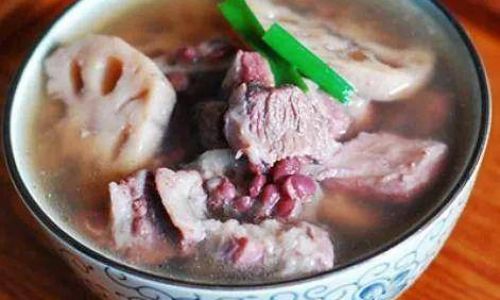
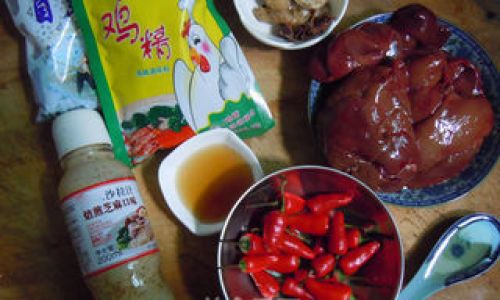
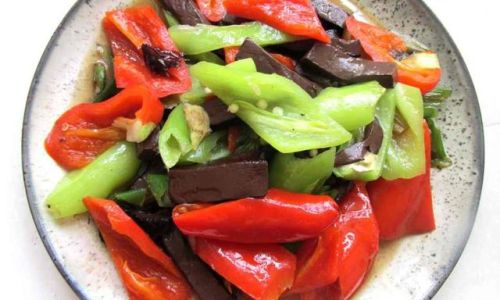

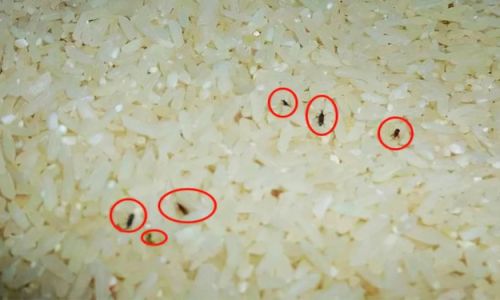
0 comments